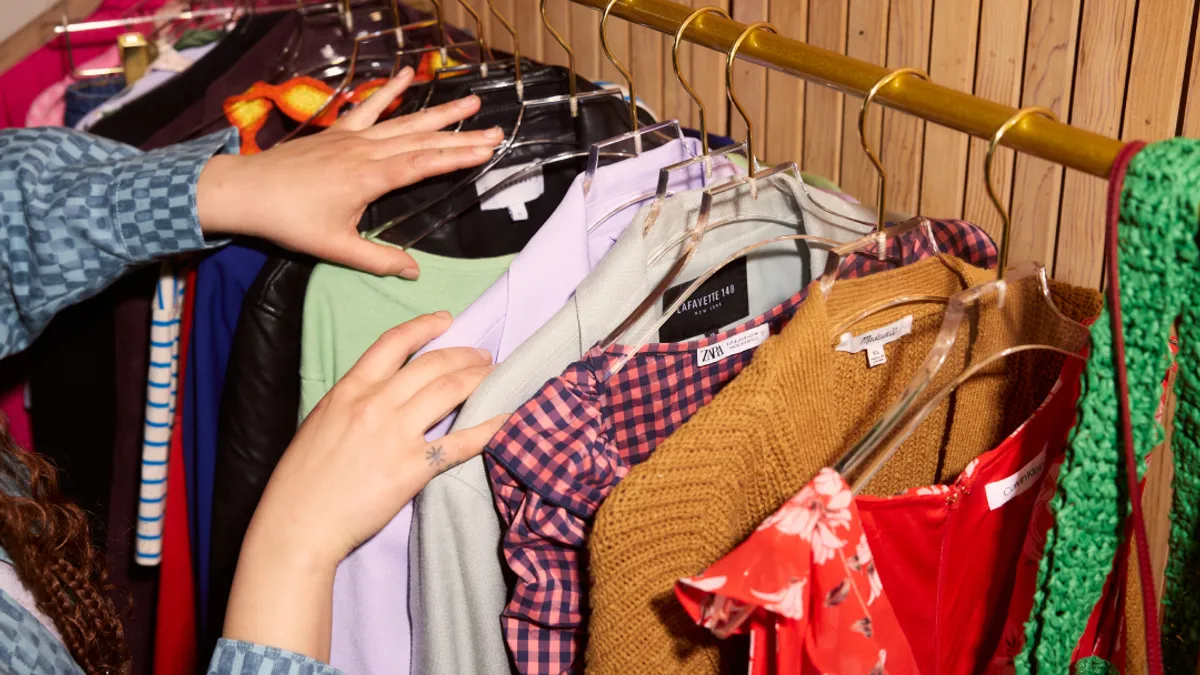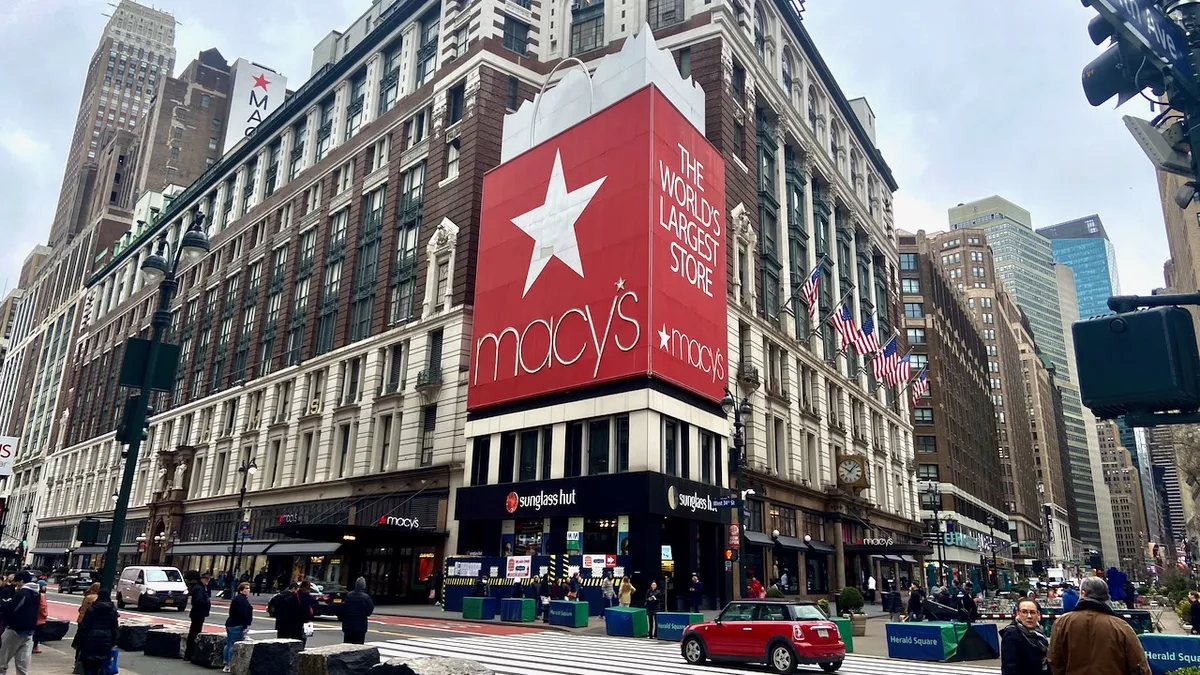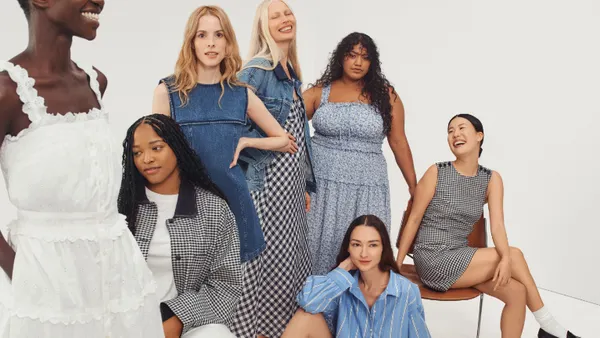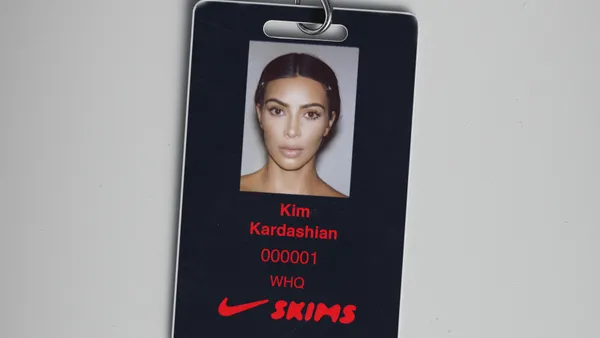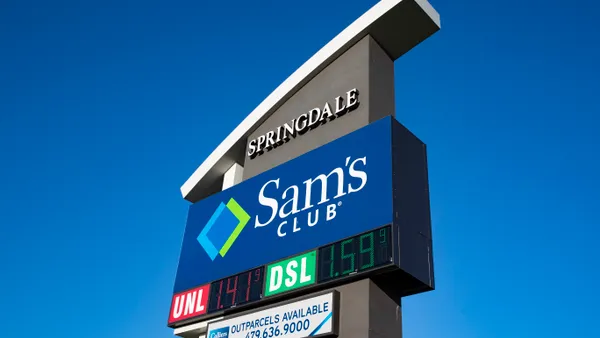In an era of conscious consumerism coupled with economic volatility, the value of secondhand has never looked more attractive than it does today. Headwinds like inflation, student loans, and rising interest rates led consumers to prioritize used over new in 2023, but beyond the economic factors, all signs point to the secondhand apparel market flourishing in the years ahead. It’s even expected to grow nine times faster than the overall apparel market by 2027, according to ThredUp’s 2023 Resale Report.
Consumers' shift to secondhand is rewriting the rules of retail and creating a movement among brands and retailers to enter the resale market in full force. One-hundred and sixty-three brands have dedicated resale shops, according to ThredUp’s Recommerce 100. Brands with resale programs span the entire apparel ecosystem – from global names like J.Crew and H&M, to mall favorites like American Eagle, and even outdoor and athletic companies like Smartwool and Beyond Yoga. Benefits abound for new entrants who pursue resale to acquire new customers, advance sustainability initiatives, and drive revenue.
While the reasons for brands to enter resale are clear, determining which model is best may not be so obvious. There are two resale models that have emerged as the most popular – a managed resale program and a peer-to-peer (P2P) resale program, both of which are operated by third-party providers.
On the surface it may seem like these two third-party models provide the same service, but the reality is they provide different benefits for the brand and different experiences for the customer. It’s crucial for brands to understand which model will best set them – and their customers – up for success in resale.
Option 1: Managed resale program
Brands can choose a third-party provider, like ThredUp’s Resale-as-a-Service (RaaS), to manage their resale programs. With this type of program, the resale provider manages everything for the brand, from collecting and housing secondhand inventory to powering a white-label resale shop and handling everything behind the scenes, such as processing, fulfillment, and customer service. There is no heavy investment required from the brand to manage the program beyond aligning on the creative and ongoing marketing of the program to ensure the resale experience aligns with their overall brand and attracts customers.
The biggest benefit for a brand in choosing a managed resale program is the ability to scale an impactful resale program right from the start. Eight of the top 10 branded resale programs with the most secondhand inventory leverage a managed service model. American Eagle’s resale program powered by ThredUp’s RaaS tops the list boasting more than 30,000 listings.
For customers, managed resale programs not only offer a more diverse selection of inventory but they also provide a streamlined buying and selling experience. Every element remains cohesive and in the brand’s voice, from listing and photography to shipping and packaging, to the customer service experience.
According to Alicia Chin, Director of Sustainability and Social Impact at Smartwool (a VF company), the brand decided to pursue a managed resale model after speaking with six different providers about a range of solutions, from managed resale to P2P.
“When we started exploring resale vendors in 2020, there were a lot of new players and a lot of different options,” Chin said, “Navigating the space definitely took some time, and understanding which business model would make the most sense for a smaller brand like Smartwool was a top priority. We ultimately chose a managed service model because we wanted to scale our program quickly and attract new customers to our brand.”
Customer reaction to Smartwool’s resale program powered by ThredUp’s RaaS has been overwhelmingly positive. The brand experienced a 99% sell-through rate of secondhand products on their resale shop throughout the first 90 days it was live.
Option 2: Peer-to-peer resale program
Another resale option brands can explore is to partner with a third-party provider that offers a peer-to-peer (P2P) resale model. Providers like Archive and Treet specialize in connecting a brand’s customers directly to one another to buy and sell pre-owned apparel.
P2P shops can be a great option for brands prioritizing promoting a sense of community among their existing customers. Childrens’ clothing brand Tea Collection features a P2P marketplace on its site with a community of buyers and sellers. Its resale shop is designed so buyers and sellers can communicate directly with one another, allowing users to negotiate prices, ask questions, and discuss details about the products. This model fosters customer engagement and interaction, ultimately building a strong sense of community and brand love among users who actively participate in buying and selling of a certain brand.
While these programs connect a brand’s customers in ways that managed programs can’t, there are a few key differences for brands to keep in mind. One major difference is that inventory is solely reliant on the brand’s customers which can make it difficult to scale a program and generate impact. The majority of P2P resale programs have fewer than 300 listings, whereas the average listings volume for a managed resale program is more than 5,000. Brands also have less control over the resale process, as it relies on individual sellers to handle photography, item descriptions, communication with buyers, and fulfillment. This process can create a lot of inconsistencies and stray from a brand’s messaging and voice.
Finding the perfect fit
There is no one-size-fits-all approach to branded resale and some offerings might work better for one brand than they do another. There is also a third option in which really ambitious brands can go at resale alone and manage their program in-house; however most retailers aren’t equipped to intake, process, price and sell millions of unique items successfully.
For brand’s considering resale model options, Chin recommends taking the time to learn and understand the pros and cons of the different models and to learn from peers already offering resale. “When you begin the process, start by thinking about your brand’s end goal, your target audience and the resources you have—or will need—to manage a resale platform.”

